Are you ready to dive into the exciting details of our new strategic plan? This initiative is designed to propel our organization towards greater success and innovation, ensuring we stay ahead in a rapidly changing landscape. We believe that open communication is key to our collective journey, and we're eager to share our vision with you. So, grab a seat and join us as we unfold the ambitious goals that lie ahead!
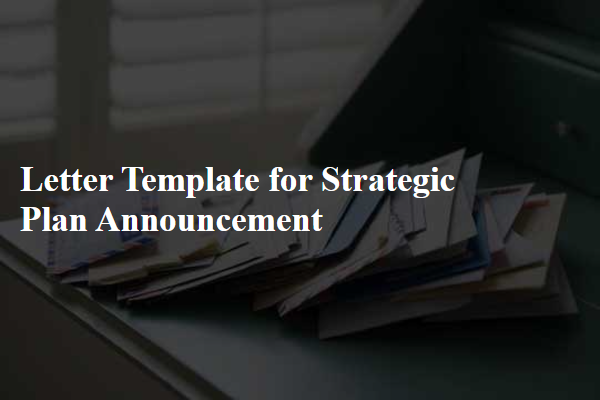
Clear Objective Statement
A strategic plan is crucial for guiding organizations towards their long-term goals, such as increasing revenue or improving operational efficiency. The objective statement articulates these goals concisely. For instance, a company may aim to achieve a 25% increase in market share within five years while enhancing customer satisfaction ratings to above 90%. By outlining specific milestones, such as launching three new products annually or entering two new international markets (e.g., Europe and Asia), organizations can track progress effectively. Clear objectives serve as a roadmap for all employees, fostering alignment and commitment to common goals. Regular assessments against the objectives ensure that the strategic plan remains relevant and focused.
Key Initiatives and Goals
The strategic plan announcement outlines key initiatives and goals aimed at enhancing organizational effectiveness and driving growth. Strategic initiatives are categorized into operational improvements, such as increasing efficiency in supply chain management, which includes implementing just-in-time inventory systems to reduce costs. Customer engagement strategies focus on enhancing communication channels, including digital platforms and social media, to foster relationships with clients and stakeholders. Financial goals emphasize achieving a revenue growth target of 15% annually by diversifying product offerings and entering new markets, particularly in emerging economies like India and Brazil. Employee development programs aim to enhance skill sets through ongoing training and professional development workshops, increasing overall productivity and job satisfaction. Clear metrics and timelines will ensure accountability and track progress throughout this multi-year initiative.
Stakeholder Engagement Outline
The Stakeholder Engagement Outline is crucial for effective communication during the strategic planning process, emphasizing the importance of collaboration among key stakeholders. This outline details methods for outreach to various groups, including community members, government officials, and potential investors. Incorporating specific timelines, such as quarterly meetings scheduled at designated venues like local community centers, ensures structured engagement. Furthermore, utilizing digital platforms, such as webinars and social media channels, facilitates broader participation, enabling stakeholders to provide valuable feedback. The document also highlights key initiatives aimed at aligning stakeholder interests with organizational goals, ultimately fostering a shared vision for development and success.
Implementation Timeline
The implementation timeline for the strategic plan outlines key milestones in the execution of organizational objectives, focusing on critical phases such as research, development, and launch. The initial phase spans from January to March 2024, centering on comprehensive market analysis and stakeholder engagement activities to gather insights. Following that, the second phase from April to June 2024 involves refining strategies based on feedback, establishing partnerships with local businesses, and securing funding of $500,000 to support initiatives. The final launch phase, set for July 2024, includes the rollout of new programs aimed at improving community engagement and increasing operational efficiency by 25% over the next fiscal year. Each milestone will be closely monitored to ensure alignment with overall goal attainment set for December 2025.
Metrics for Success and Evaluation
The strategic plan announcement outlines essential Metrics for Success and Evaluation, emphasizing key performance indicators (KPIs) that will drive organizational growth. Performance metrics may include quantitative figures such as revenue growth rates (targeting 15% annual increase) and customer satisfaction scores (aiming for 90% or higher). It will involve qualitative assessments through feedback loops, surveys, and stakeholder interviews conducted bi-annually to gauge employee engagement levels and effectiveness of internal communication strategies. Evaluation will be anchored on a timeline, with regular progress reviews scheduled every quarter to adjust tactics based on real-time data analysis and market trends, thereby ensuring alignment with long-term objectives set for 2025.

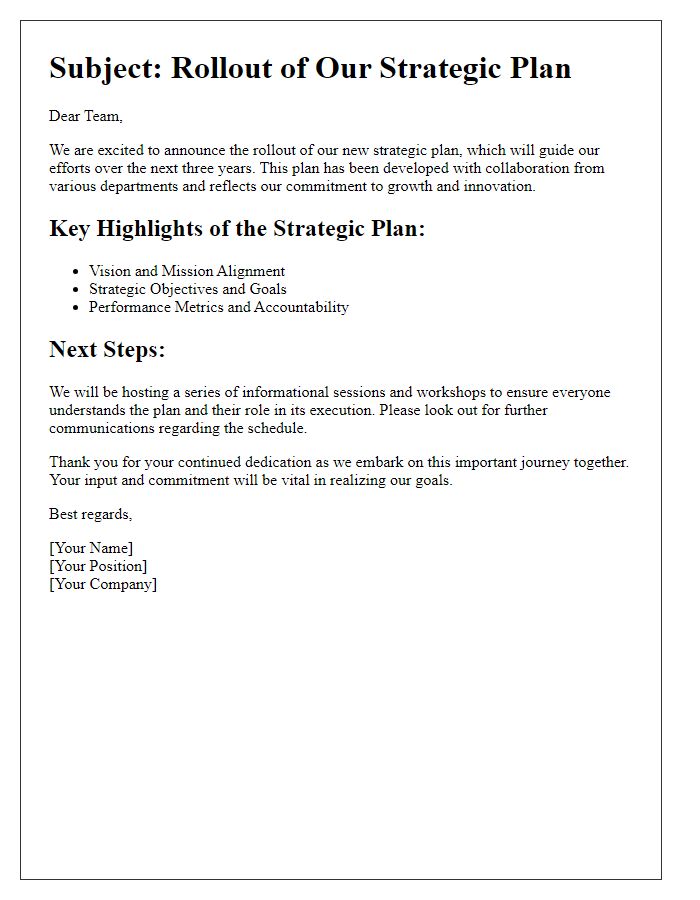
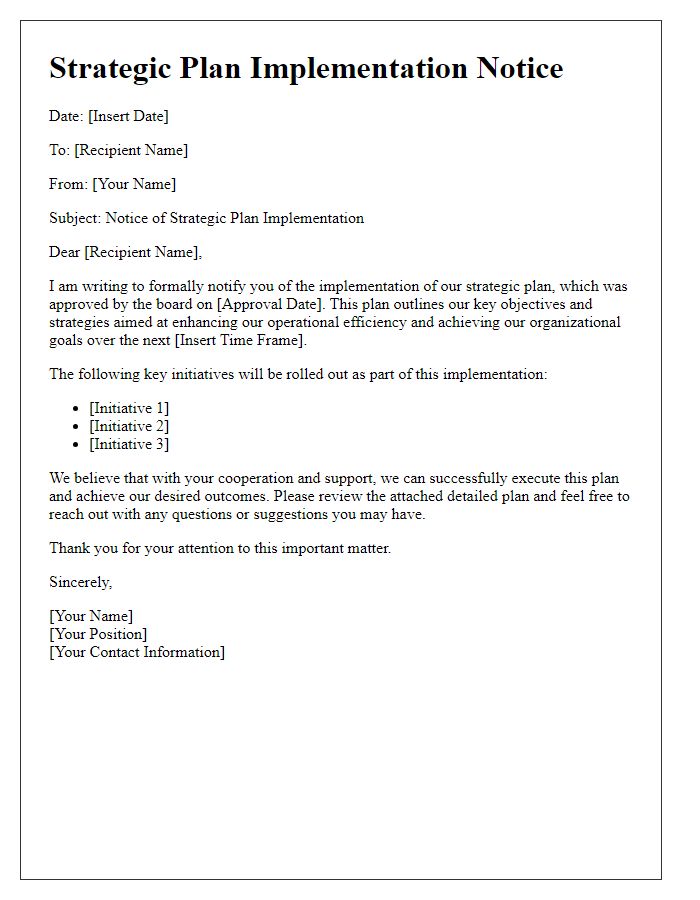

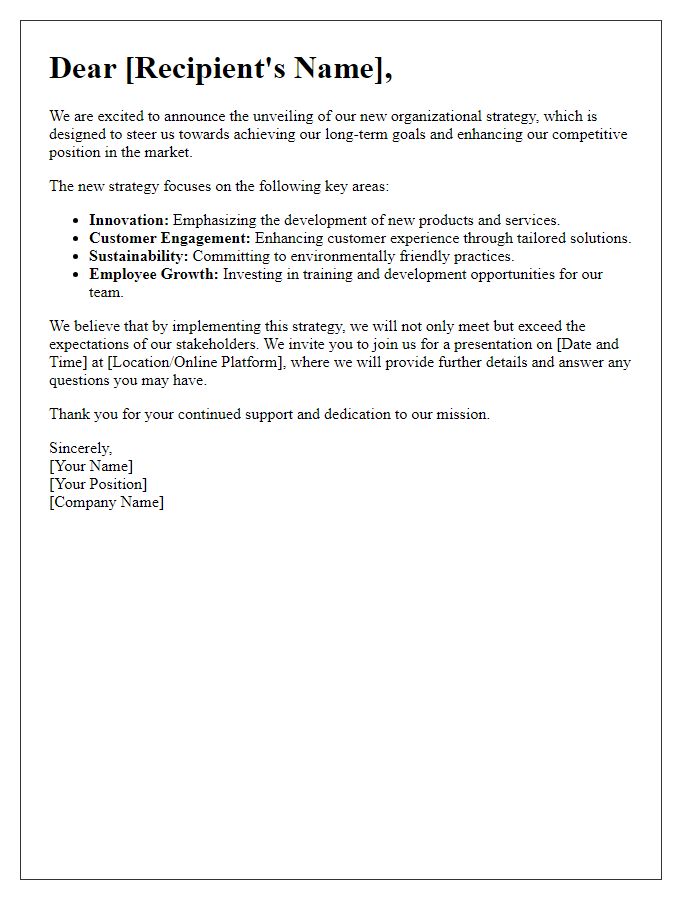

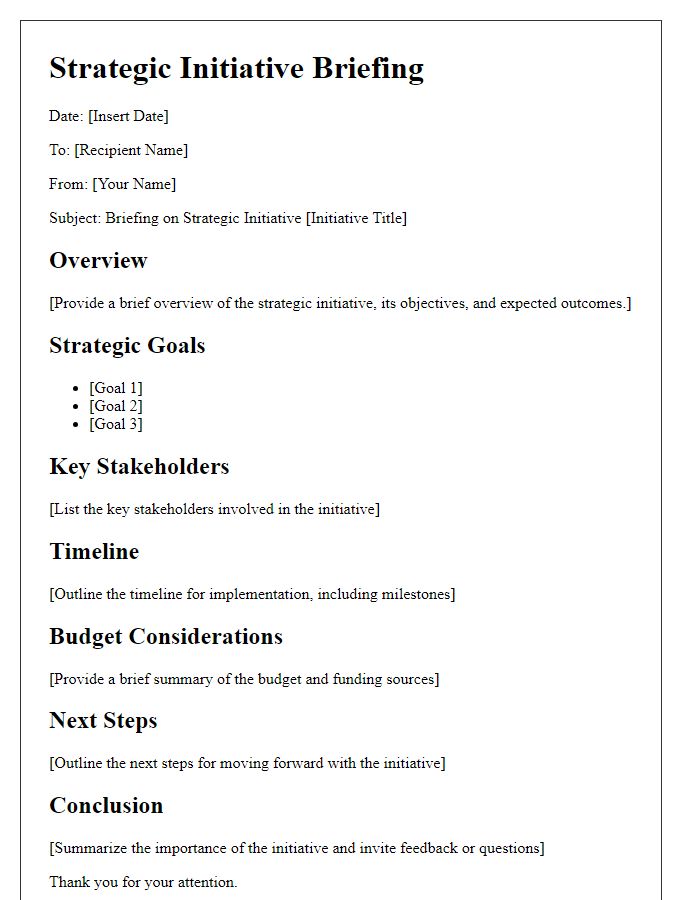
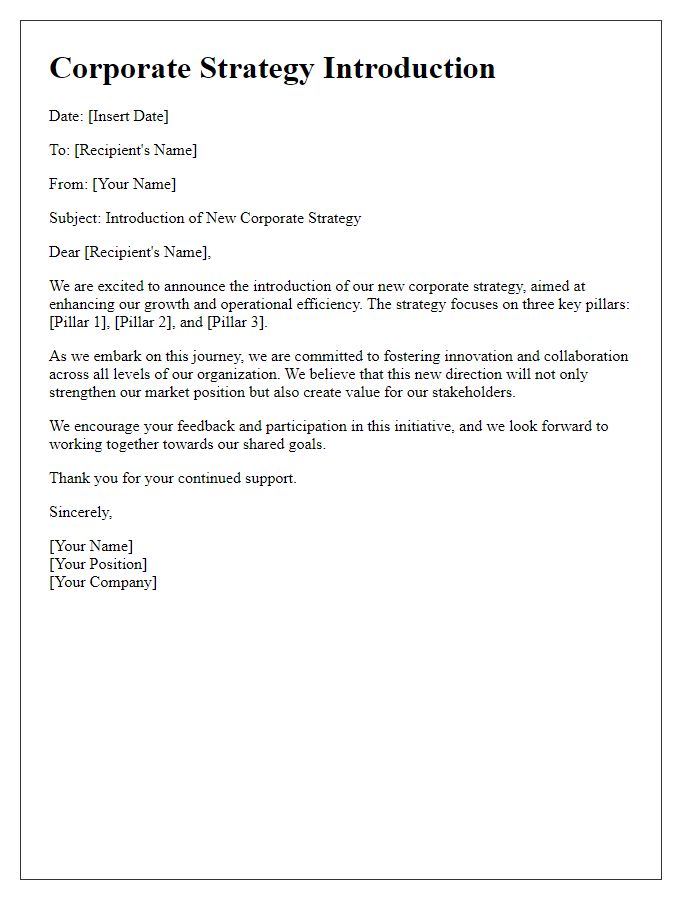
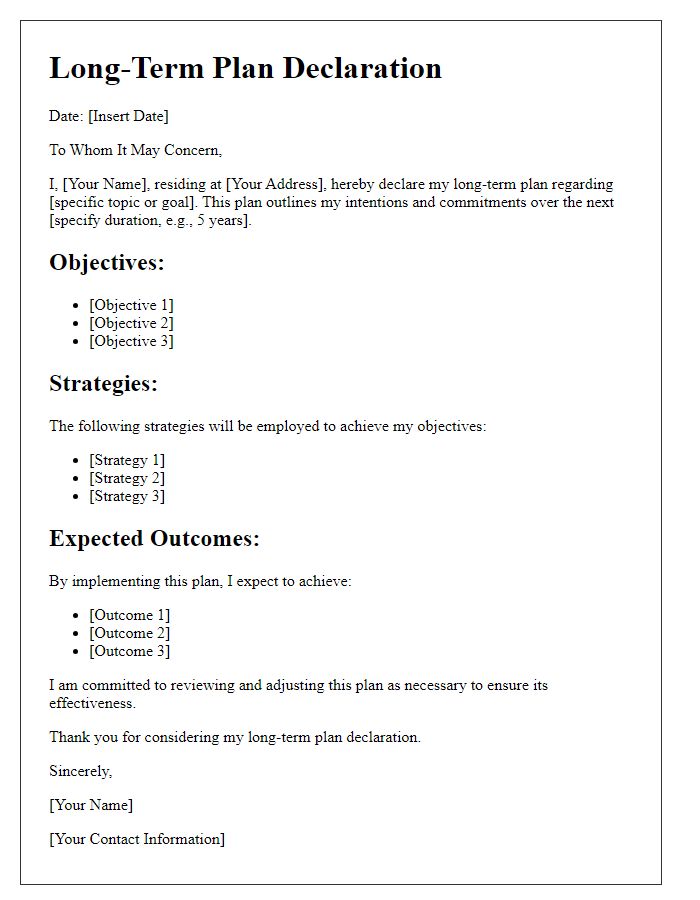
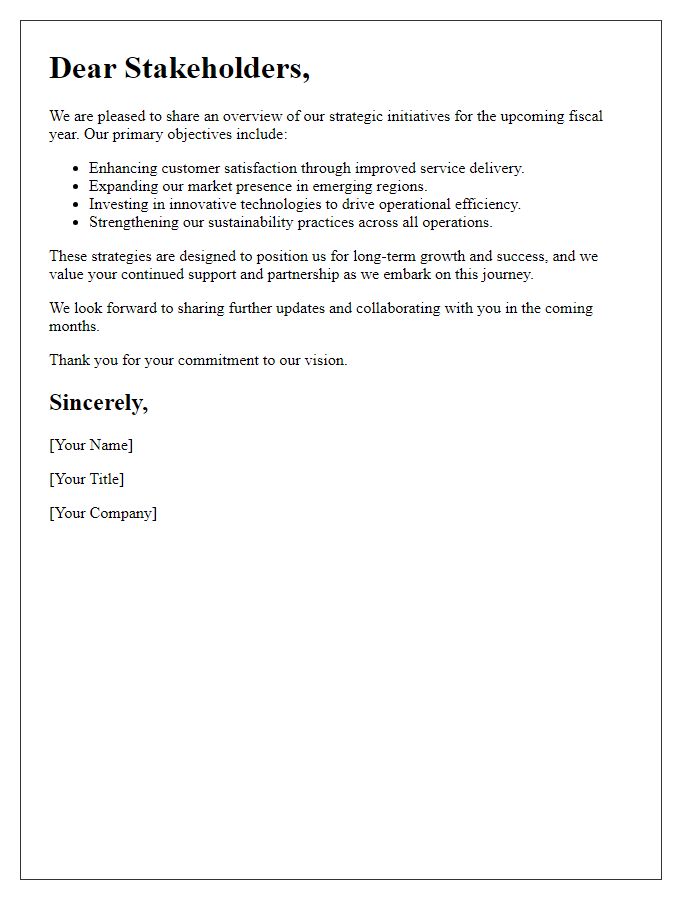
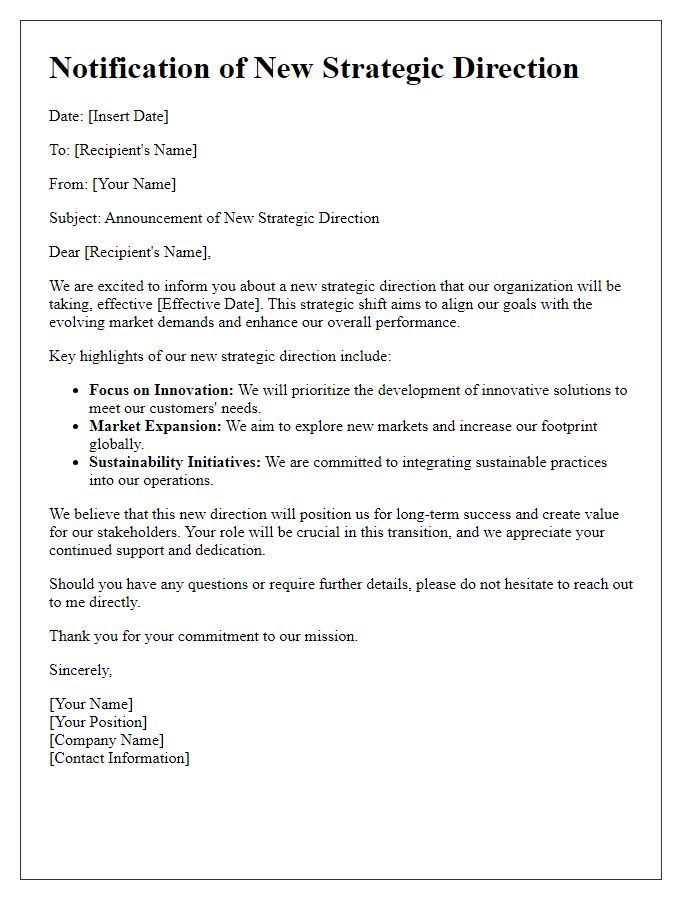


Comments